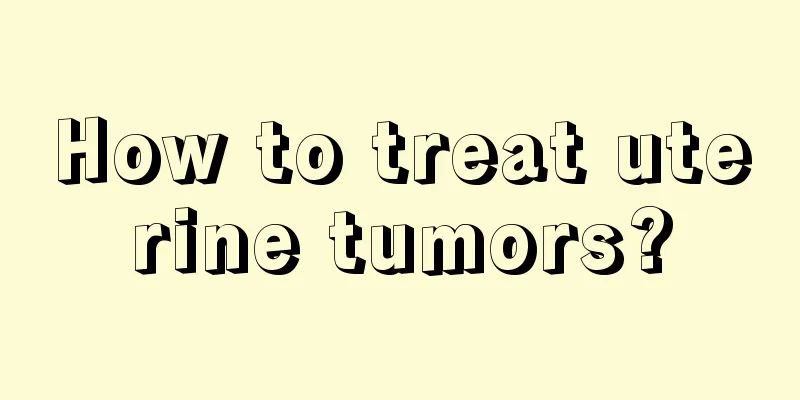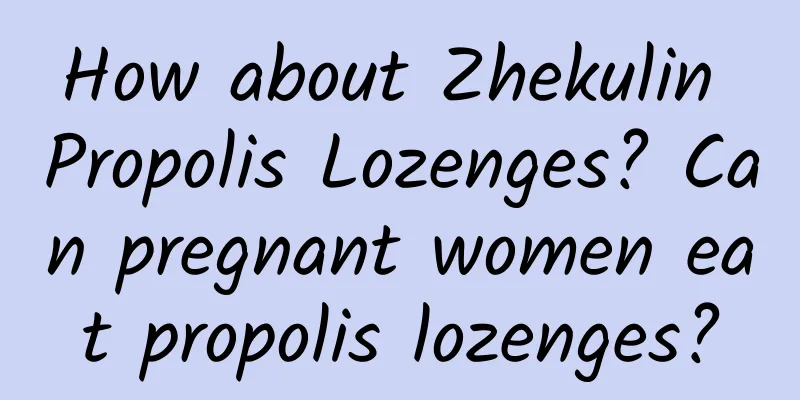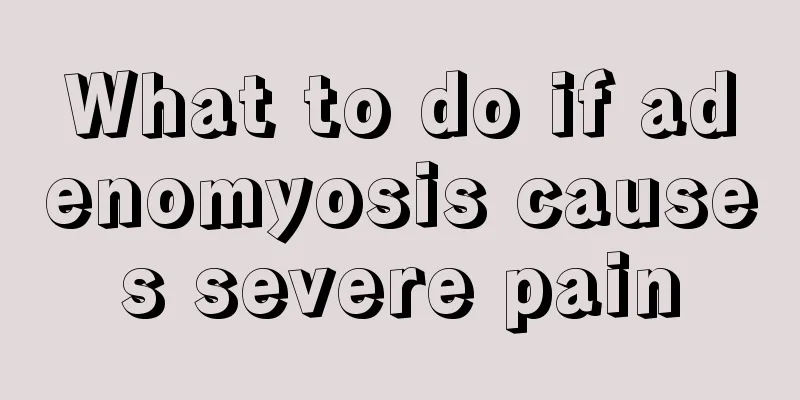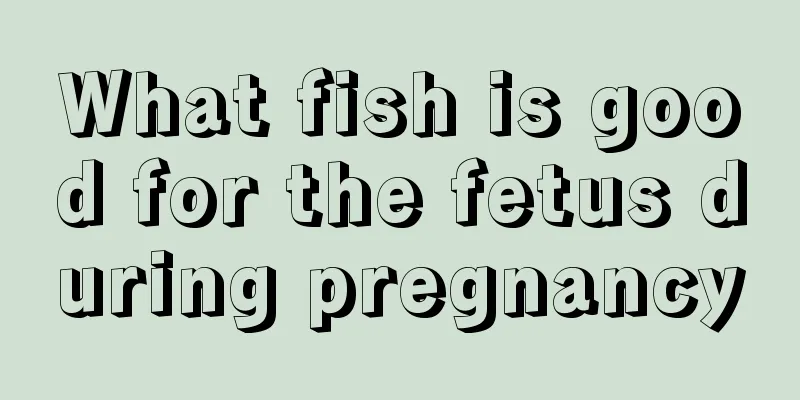How to treat uterine tumors?

|
To determine whether uterine tumor is easy to treat, we must first determine whether the tumor is benign or malignant, and whether it is in the early or late stages. Tumor. When you hear the word "tumor", you feel that the disease is very serious. It is one of those words that scares people. In life, the greatest happiness for a woman is to get married, have children and have a happy family, but the uterus is even more important. So if there is a tumor in the uterus, it cannot be ignored. So how to treat uterine tumors? Is it easy to cure? Western medicine treatment Treatment must be comprehensively considered based on the patient's age, fertility requirements, symptoms, size of the fibroids, etc. 1. Follow-up observation If the fibroids are small and asymptomatic, usually no treatment is required, especially for patients near menopause. Estrogen levels are low and the fibroids may shrink or disappear naturally. Follow-up is required every 3-6 months. If the fibroids are found to be larger or the symptoms are obvious during the follow-up period, further treatment should be considered. 2. Drug treatment For patients whose fibroids are smaller than the size of a 2-month pregnant uterus, whose symptoms are mild or not obvious, and whose patients are near menopause and whose general condition cannot allow surgery, symptomatic drug treatment can be given. (1) Androgens: They can counteract estrogen, causing the endometrium to shrink, and directly act on smooth muscles to cause them to contract and reduce bleeding, and can also cause premature menopause in perimenopausal patients. (2) Luteinizing hormone-releasing hormone analogs: They can inhibit pituitary and ovarian function and reduce estrogen levels. They are suitable for the treatment of small fibroids (≤ the size of a 2-month pregnant uterus), patients with increased menstrual flow or shortened menstrual cycles, and patients in menopause or peri-menopause. 3. Surgical treatment If the fibroid is larger than the size of a 2.5-month gestational uterus or the symptoms are obvious and cause secondary anemia, surgical treatment is often required. The surgical methods include: (1) Myomectomy: Suitable for unmarried patients under 35 years old or married patients without children who wish to preserve their fertility. Myomas are usually removed abdominally or laparoscopically. Submucosal fibroids protruding from the cervix or vagina can be removed vaginally or hysteroscopically. The base of the pedicle can be sutured with intestinal thread or clamped with a vascular clamp for 24 to 48 hours and then the clamp can be removed, or it can be directly removed. (2) Hysterectomy: If the fibroids are large, the symptoms are obvious, drug treatment is ineffective, there is no need to preserve fertility, or there is suspected malignant transformation, subtotal hysterectomy or total hysterectomy can be performed. Women under 50 years old with normal-looking ovaries can keep their ovaries. TCM treatment of uterine fibroids 1. Treatment with Chinese medicine 1. According to the characteristics of blood and qi disorders in uterine fibroids, treatment should distinguish between qi and blood, new disease and long-term disease. If the disease is in the Qi, the main treatment is to regulate Qi and remove stagnation, supplemented by regulating blood; if the disease is in the blood, the main treatment is to activate blood circulation, resolve blood stasis and resolve nodules, supplemented by regulating Qi. In the case of a new illness, the vital energy is still strong and can be attacked and weakened; in the case of a long-term illness, the vital energy is weakened, so it is advisable to use both attack and tonification. Generally speaking, it is advisable to "stop when the vital energy is mostly weakened". Do not attack fiercely or harshly, so as not to damage the vital energy. 2. Both drug and non-drug therapies can be used to treat this disease. New diseases and qi diseases should be treated by promoting qi and blood circulation. Long-term diseases, blood diseases or phlegm congestion, mild conditions, and small lumps should be treated by promoting blood circulation, removing blood stasis and eliminating symptoms. Severe conditions, large lumps, and gradually declining vital energy should be treated by surgical resection to remove pathogenic factors and then regulate the body. After reading the above introduction on how to treat uterine tumors and whether it is easy to cure, I think everyone should have some understanding. Benign cancers are easier to treat in the early stages, but malignant cancers become more difficult to treat in the late stages. Therefore, it is best for everyone to take targeted treatments in its early stages to make it heal, so as to avoid leaving any future troubles, which will then be too late to regret. |
<<: What are the differences between uterine tumors and uterine fibroids?
>>: What are the symptoms of uterine tumors?
Recommend
What are the treatments for leucorrhea that is tofu-like and does not itch?
Leucorrhea is a vaginal discharge that every woma...
Gynecological inflammation causes bad breath
Bad breath is an oral problem. It is also possibl...
Ice cream headache | Beware of the "ice cream assassin"
This is the 5347th article of Da Yi Xiao Hu...
Treatment of vulvar leukoplakia and itching
After suffering from skin diseases, patients need...
Can I eat lotus seeds after abortion?
When women have an unexpected pregnancy, they oft...
Can I have a vaginal birth if I have yeast infection during pregnancy?
Fungus is a common gynecological disease. It has ...
No leucorrhea after intercourse
Many people will have leucorrhea after having sex...
Why does a woman's vagina have an odor?
If a beautiful woman has delicate facial features...
Causes of irregular menstruation
We all know that women have to endure the pain of...
Ding Dong~ Please accept these tips on voluntary blood donation
Voluntary blood donation is a noble act of selfle...
Can gout patients eat tofu?
When I eat out, I often hear people at the same t...
Small menstrual flow but normal cycle
Small menstrual volume but normal cycles are caus...
Symptoms of swollen fingers during menopause
There are many symptoms during menopause, which m...
Infographic: 3 key things you should know about mobile advertising
The popularity of mobile devices and the increase...
What are the symptoms of cervical obliteration?
The disappearance of the cervical canal is actual...









